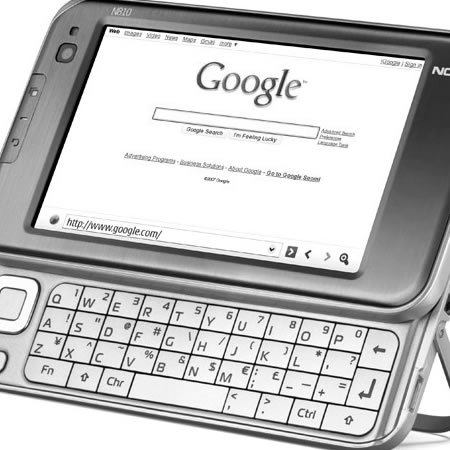
BBC reports on Venice’s new wifi network.
The Italian city of Venice has launched what is believed to be the most extensive, wireless internet system anywhere in Europe.
Ten thousand kilometres of cables have been laid, establishing wi-fi hotspots just about everywhere in the city.
So now when in Venice you will be able to use your laptop, UMPC, micro-laptop, wifi phone, iPhone, even an iPod touch to connect to the internet over wifi.
Here in the UK we have Norwich however not much else seems to be happening with city wide wireless networks. Gloucester doesn’t have one, neither does Bristol; my two big local towns. Even finding free wifi is problematic with most wifi hotspots are charging, sometimes silly amounts of money.
If we are serious about personalisation of learning, mobile learning and enhancing e-learning, we need to allow our learners to be able to communicate, collaborate and reflect anywhere, anytime and at a pace to suit the learner. This more often then not, means that the learner needs to be connected. If they are using the VLE, Web 2.0 tools such as Twitter, blogs, e-portfolios, or whatever; all these tools generally need an internet connection.
3G which isn’t available on all devices: is too expensive for most, not reliable enough for all, patchy for some and leads to digital exclusion.
City wide wireless networks like in Venice and Norwich would allow learners to access learning when and where they wanted to.
Photo source.



 Posted by James Clay
Posted by James Clay 






